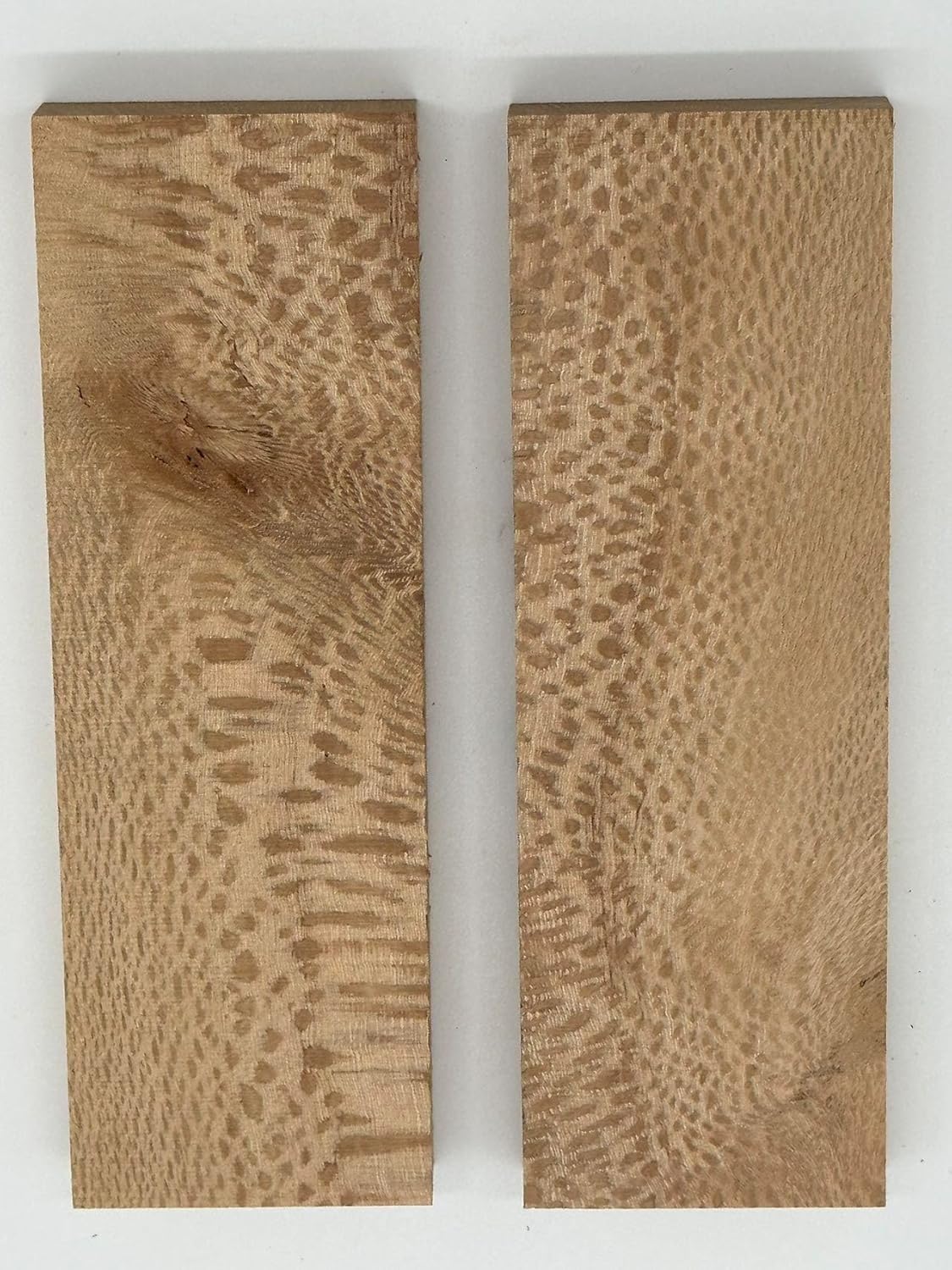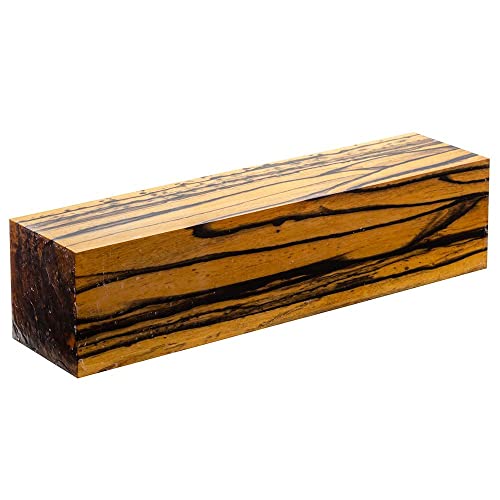The choice of wood for knife handles is not merely an aesthetic decision; it significantly impacts the knife’s performance, durability, and user experience. Different wood types offer unique characteristics, from weight and grip to resilience and resistance to moisture. In this article, we will explore some of the most popular wood types used for knife handles, comparing their attributes, advantages, and suitable applications.
Why Wood for Knife Handles?

Wood has been a traditional choice for knife handles for centuries, prized for its natural beauty, warmth, and tactile qualities. Beyond aesthetics, wood provides several practical advantages:
- Ergonomics: Wood can be shaped to fit comfortably in the hand, providing a secure grip.
- Weight: Wooden handles are often lighter than their metal counterparts, making knives easier to handle.
- Thermal Insulation: Wood does not conduct heat as metal does, making it more comfortable to hold in various temperatures.
- Customizability: Wood can be easily carved, shaped, and finished, allowing for personalized designs.
Popular Wood Types for Knife Handles

Now, let’s delve into some of the most popular wood types used for knife handles, examining their characteristics, pros and cons, and best uses.
1. Walnut
Walnut is a favored choice for knife handles due to its rich color and fine grain. It is a dense hardwood that offers a good balance of weight and strength.
- Pros:
- Attractive grain patterns and colors ranging from light brown to dark chocolate.
- Durable and resistant to wear and tear.
- Comfortable to grip, providing a warm feel in hand.
- Cons:
- Can be susceptible to moisture damage if not properly sealed.
- May require regular maintenance to keep its appearance.
Walnut is often used in high-end kitchen knives and outdoor knives, where aesthetics and functionality are equally important.
2. Maple

Maple is known for its light color and fine texture. It is a hard, dense wood that is highly resistant to impact, making it ideal for knife handles.
- Pros:
- Strong and durable, providing a long-lasting option for knife handles.
- Typically less expensive than other hardwoods like walnut or mahogany.
- Can be easily finished to achieve a smooth surface.
- Cons:
- Less visually striking than darker woods.
- Can become slippery when wet if not treated properly.
Maple is commonly used in kitchen knives and utility knives, where functionality and durability are paramount.
3. Rosewood

Rosewood is a dense and oily hardwood that is renowned for its striking aesthetics, often featuring rich, dark streaks and patterns.
- Pros:
- Highly resistant to moisture and decay, making it ideal for outdoor knives.
- Luxurious appearance, adding a touch of elegance to any knife.
- Natural oils in the wood provide a comfortable grip and resistance to wear.
- Cons:
- Can be expensive and less accessible than other wood types.
- Some varieties are endangered, raising ethical concerns in sourcing.
Rosewood is often found in high-end knives and collectors’ items, where appearance and performance are both critical.
4. Bubinga

Bubinga is a lesser-known exotic wood that has gained popularity for knife handles due to its incredible hardness and beautiful reddish-brown hue.
- Pros:
- Extremely durable and resistant to scratches and dents.
- Offers a unique and attractive grain that can enhance the knife’s aesthetic.
- Holds up well against moisture, making it suitable for various environments.
- Cons:
- Can be challenging to work with due to its density.
- May be harder to find and more expensive than domestic options.
Bubinga is ideal for both functional and decorative knives, appealing to those who value craftsmanship and design.
5. Ash

Ash is a light-colored wood known for its excellent shock resistance and flexibility. It is often used in both traditional and modern knife designs.
- Pros:
- Lightweight, making it easy to handle.
- Strong and resilient, offering good durability.
- Readily available and affordable compared to other hardwoods.
- Cons:
- Requires proper treatment to prevent moisture absorption.
- Less resistant to wear compared to denser hardwoods.
Ash is often used in utility knives and chef’s knives, where a balance of weight and strength is desired.
Comparative Analysis of Wood Types
When evaluating wood types for knife handles, several factors should be considered, including durability, weight, aesthetics, and cost. Here’s a comparative analysis of the woods we’ve discussed:
| Wood Type | Durability | Weight | Aesthetic Appeal | Cost |
|---|---|---|---|---|
| Walnut | High | Medium | High | Medium |
| Maple | High | Light | Medium | Low |
| Rosewood | High | Medium | Very High | High |
| Bubinga | Very High | Medium | High | High |
| Ash | Medium | Light | Medium | Low |
The type of wood chosen for a knife handle can greatly influence the knife’s functionality, aesthetics, and overall user satisfaction. Each wood type presents unique characteristics that cater to different needs and preferences. From the luxurious appearance of rosewood to the durable nature of walnut, understanding the properties of various woods can help knife enthusiasts and makers make informed choices. Whether you prioritize aesthetics, weight, or durability, there is a wood type that will meet your requirements. Ultimately, the right wood choice enhances not only the knife’s performance but also the enjoyment of using it, whether in the kitchen or out in the wild.


